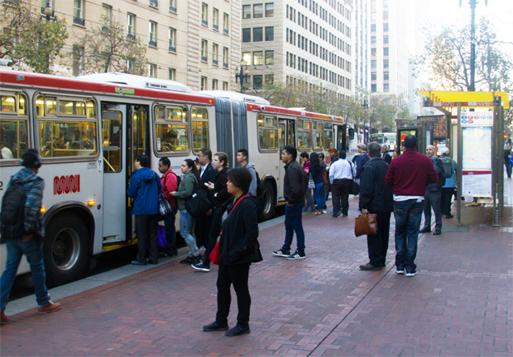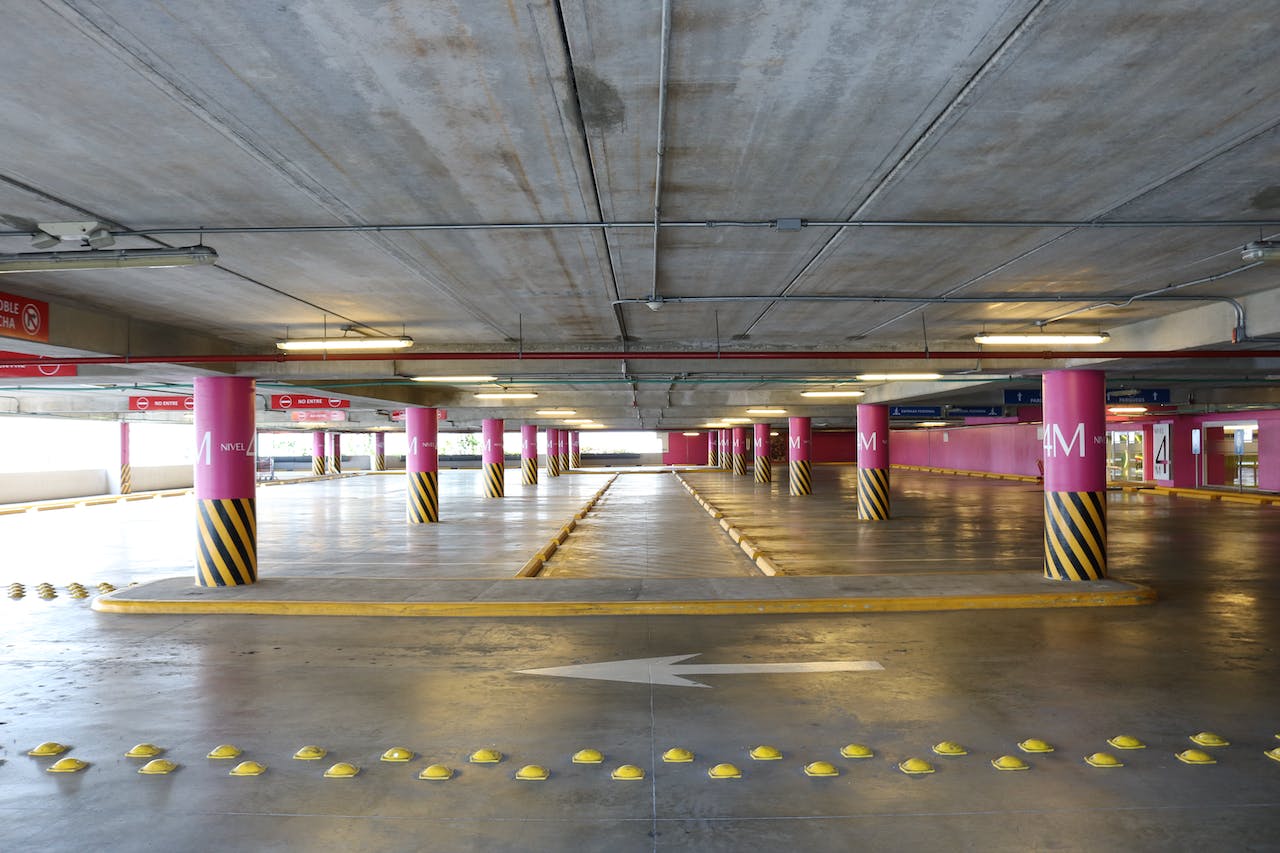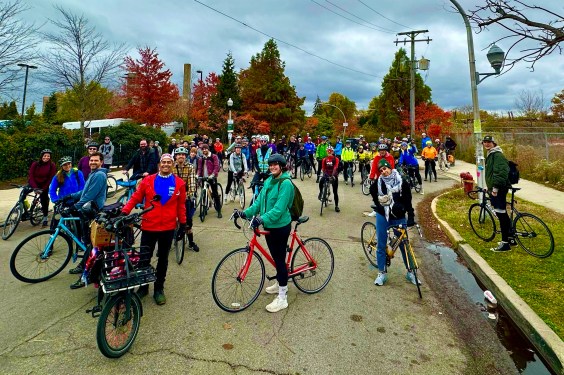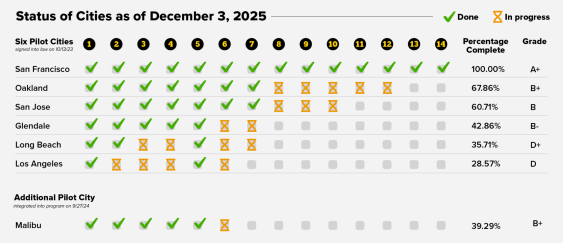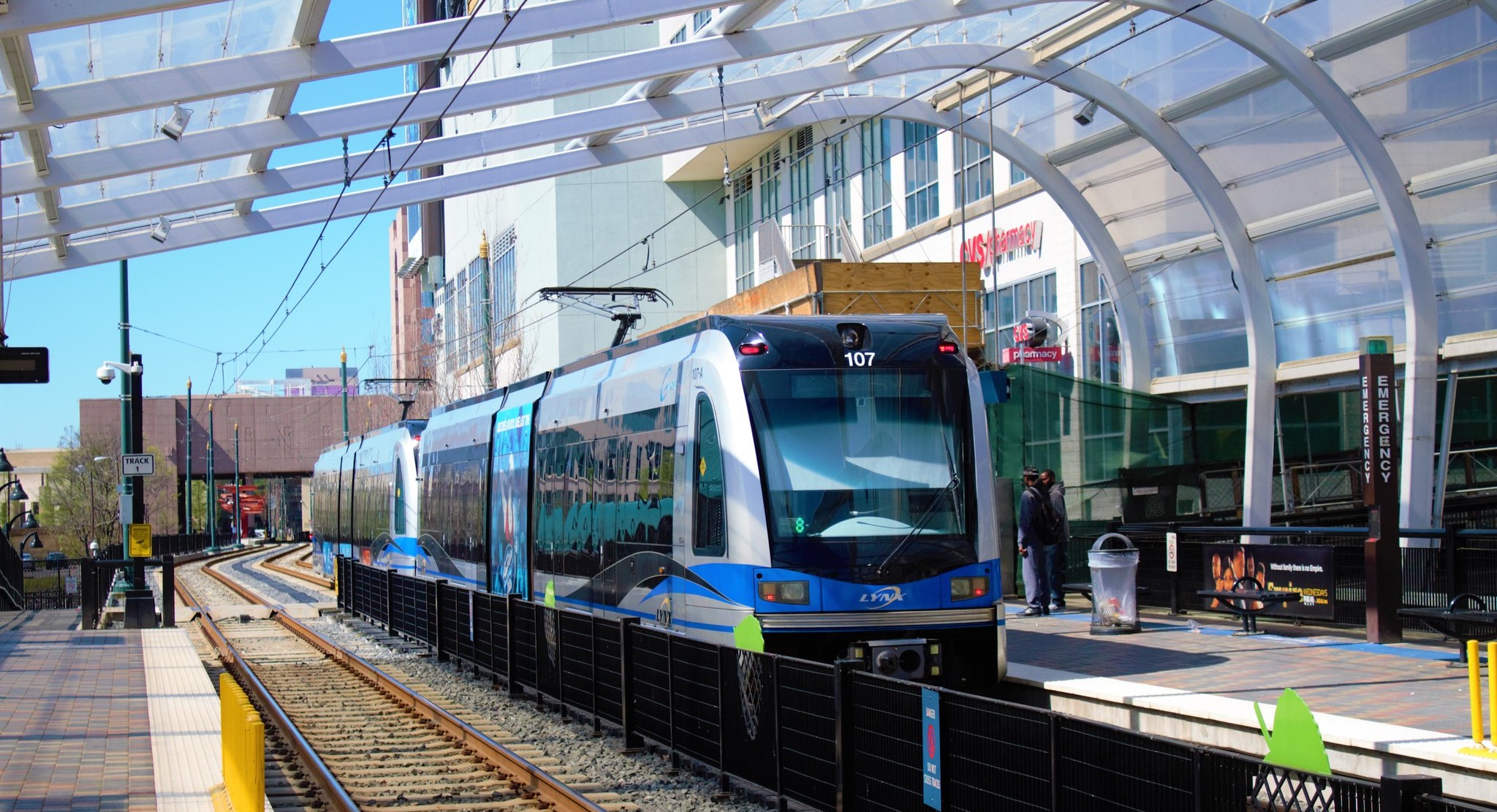Transit ridership fell in nearly every major American city last year. But you can't blame it all on low gas prices: Transit agencies that made significant changes to improve service, particularly systemwide bus service, bucked the trend.
One surefire way for U.S. transit agencies to improve bus service is to streamline the boarding process by enabling riders to get on at any door and pay before boarding. In a new report, the National Association of City Transportation Officials makes the case for all-door boarding and looks at how American transit agencies are moving forward on implementation [PDF].
"Transit riders care most about two things: how long their trip takes, and how reliable it is," report author Craig Toocheck said in an email. "If service gets worse, people get off the bus. But bringing them back -- and making transit the best option for more people on more trips -- is easier than it seems. Targeted tweaks, like speeding up how riders get on and off, can dramatically increase speed and reliability, improving the experience for everyone."
If every passenger pays at the front door, boarding takes an average of five seconds per person, according to NACTO. That can add up to a lot of lost time at busy bus stops. As a result, the most important bus routes -- the ones with the highest ridership -- also tend to be the slowest.
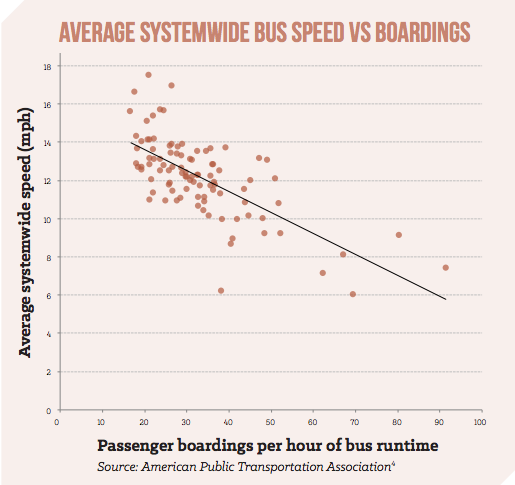
San Francisco is the only transit agency in the country where all-door boarding is the rule, not the exception. After the switch, bus speeds increased 2 percent, even as ridership increased 2 percent. Meanwhile, fare evasion dropped 7.9 percent, dispelling one of the objections that has limited widespread adoption.
All-door boarding requires some changes. Off-board ticket machines or fare readers at rear doors make the system possible. Transit agencies also have to rely on fare inspectors to confirm payment, rather than bus drivers, and NACTO notes that transit agencies need to ensure that fare inspection is not discriminatory and that fare evasion is not criminalized.
In six North American cities that have tried all-door boarding in some form, service has improved while fare evasion appears to have decreased, NACTO reports. Some examples:
- Vancouver shaved one second per passenger off the average boarding time after it implemented all-door boarding on the 99 B Line, North America's busiest bus route, which carries 55,000 passengers per day.
- Seattle has been experimenting with all-door boarding on its six RapidRide lines. Off-board fare payment was installed at stops with 150 or more daily boardings, and a 2014 study found the pilot reduced travel times 8 percent.
- On four Select Bus Service routes in New York City with all-door boarding and off-board fare payment, the time buses spend motionless to pick up and drop off passengers fell 40 to 50 percent. New York's MTA found fare evasion was lower on SBS routes than regular routes.
Part of the challenge for transit agencies is encouraging cashless transactions. Reloadable smart cards, contactless credit cards, mobile e-tickets, or paper tickets purchased off-board are all faster than fumbling with cash. Agencies need to upgrade fare collection technology to adopt these new media.
NACTO recommends continuing to allow cash payments at the front of the bus for poor and unbanked riders while introducing incentives for people to switch to cashless payment. Some systems provide free transfers to passengers who use smart cards, for instance, but not those who use cash. Agencies can also make smart cards more accessible by selling them at retail locations. Transport for London makes its Oyster cards available at 4,000 vendors around the city, NACTO reports.
Check the full white paper [PDF] for more tips.
